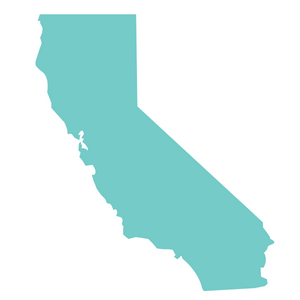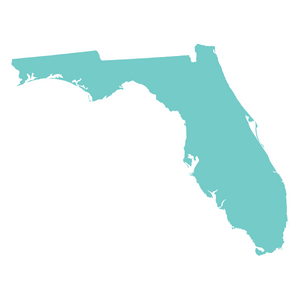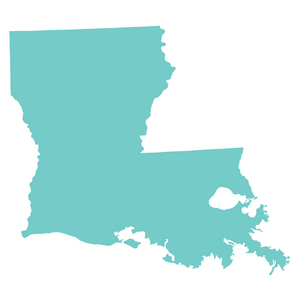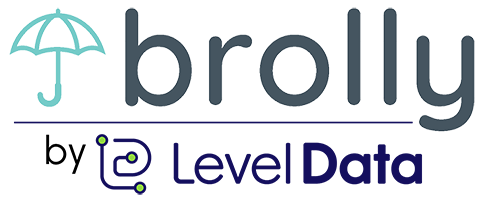Funding Opportunities
Federal Funding
Title I Part A: Increasing the Academic Achievement of the Disadvantaged
The largest source of federal funding to schools is from Title I, providing over $16 billion dollars to schools that serve a high number or high percentage of children from low-income families to ensure that these children are able to meet challenging state academic standards.
How Brolly Aligns with Title I Part A Funding
- Brolly gives service providers the insight they need to target students’ greatest areas of instructional need and provide services that address those needs specifically.
- By sharing relevant progress and service data with administrators and providers, service providers have more time to deliver targeted, high quality intervention to students with the most need.
Title IV Part A: Student Support and Academic Enrichment
Title IV is a block grant that provides over $1 billion in funding to school safety, well-rounded education, and educational technology initiatives. Under the CARES Act, these funds can now be used to fund any of these three priorities: providing students well-rounded education, maintaining student health and safety, and purchasing and implementation of education technology and systems.
How Brolly Aligns with Title IV Funding
- Brolly allows schools and districts to leverage iPads, Chromebooks, tablets, and laptops for purposeful, thorough documentation of IEP required services and interventions.
- The flexibility of the app provides access for teacher and service providers to review and document student data regardless of implementation model, short- or long-term school closures.
- Documentation of services via Brolly offers critical insights into the ongoing health and safety of many students with disabilities.
IDEA Part B: Assistance for Education of All Children with Disabilities
The Individuals with Disabilities Education Act (IDEA) is the federal law ensuring students with disabilities receive a free and appropriate public education. IDEA governs how states and public agencies provide early intervention, special education and related services to eligible infants, toddlers, children, and youth with disabilities. Second only in size to Title I funds, school districts receive IDEA funds to help pay for the cost of providing services and education to children with disabilities.
How Brolly Aligns with IDEA Funding
- Brolly data can assist with reporting requirements at the state and federal level on the IDEA-mandated services and interventions provided to students with disabilities.
- Aligned with data reporting requirements for IDEA, Brolly data reports and reporting features provide data that assists in identifying programmatic strengths and areas for improvement, allows teachers and service providers to address root causes of poor performance, and evaluate student and school progress toward outcomes.
State & Local Funding

California Edition

Florida Edition

Washington Edition

Louisiana Edition

Nevada Edition

Idaho Edition
COVID-19 Emergency Funding
ESSER Funds
In response to the 2019 Novel Coronavirus (COVID-19) the U.S. Congress passed the CARES Act, which was signed into law on Friday, March 27, 2020. This relief package provided states with both funding and streamlined waivers to give State educational agencies (SEAs) necessary flexibilities to respond to the COVID-19 pandemic. The relief package included $30.75 billion in emergency education funding, divided between two main funding sources: the Elementary and Secondary School Emergency Relief Fund (ESSER Fund) and the Governor’s Emergency Education Relief Fund (GEER Fund).
State awards for the ESSER Fund (and its successor, ESSER II) are in the same proportion that each state received under Title I, Part A of the Elementary and Secondary Education Act of 1965, as amended, in fiscal year (FY) 2019–20. Each state must use no less than 90 percent of its allocation to make subgrants to local education agencies (LEAs), based on each LEA’s share of funds received under Title I, Part A in fiscal year 2019–20.
How the Brolly Aligns with ESSER I Funds
- Brolly assists in the COVID-19 response for special education teachers and service providers, who have seen their service model disrupted by the current pandemic.
- With the app, providers can document and share both virtual and in-person services, service attempts, attendance and student progress.
- The data gathered with and presented through Brolly can be vital to determining the scope of learning loss for special education students, one of the hardest-hit groups during the pandemic, and documenting all attempts to serve students in all phases of school closure and reopening.
- The service provision data created and maintained within Brolly can bolster the required detailed state accounting and reporting of the use of ESSER II funds, with a focus on how the State is using funds to measure and address learning loss among students disproportionately affected by the coronavirus and school closures, including children with disabilities.
ESSER II Funds
The Coronavirus Response and Relief Supplemental Appropriations Act (CRRSA Act) was enacted December 27, 2020 and includes an additional $53.4 billion for the Elementary and Secondary School Emergency Relief Fund (ESSER II Fund). See the fact sheet with more details, and a comparison of ESSER and ESSER II here.
How Brolly Aligns with ESSER II Funds
- Brolly assists in the COVID-19 response for special education teachers and service providers, who have seen their service model disrupted by the current pandemic.
- With the app, providers can document and share both virtual and in-person services, service attempts, attendance and student progress. The data gathered with and presented through Brolly can be vital to determining the scope of learning loss for special education students, one of the hardest-hit groups during the pandemic, and documenting all attempts to serve students in all phases of school closure and reopening.
- The service provision data created and maintained within Brolly can bolster the required detailed state accounting and reporting of the use of ESSER II funds, with a focus on how the State is using funds to measure and address learning loss among students disproportionately affected by the coronavirus and school closures, including children with disabilities.
